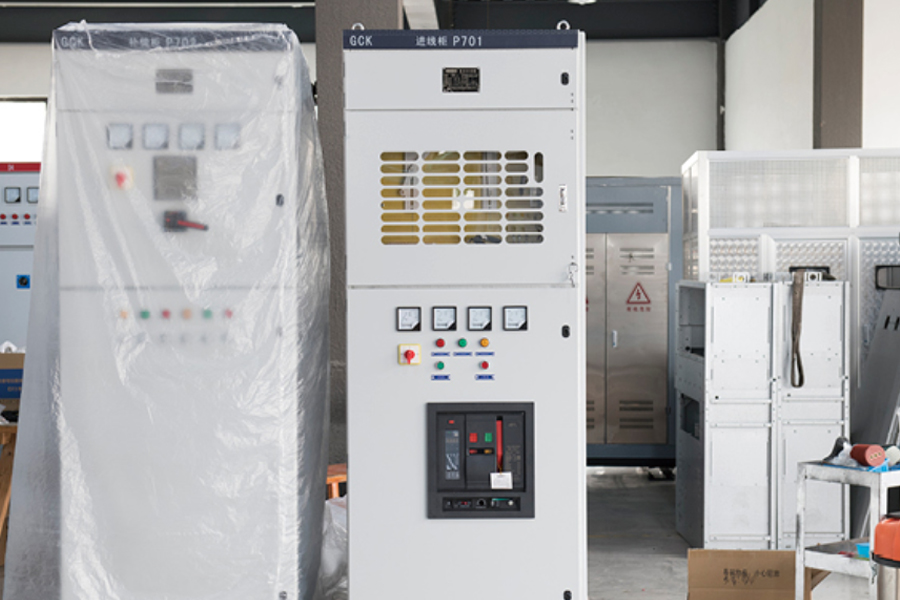Industry News
How Semi-Transparent PV Panels Combine Light and Energy
Semi-transparent photovoltaic (PV) panel modules represent an innovative approach in solar energy technology, offering a balance between energy generation and light transmission. These modules allow some sunlight to pass through while simultaneously converting solar energy into electricity, making them suitable for applications where natural lighting and power production are both desired.
Semi-transparent PV panels are solar modules designed with a certain degree of transparency. Unlike traditional opaque solar panels, these modules incorporate specially designed solar cells or partial coverage that enables light to transmit through the surface. This characteristic allows them to be integrated into windows, skylights, facades, or other architectural elements without completely blocking natural light.
The transparency level of these panels varies depending on the design and materials used. Some achieve transparency by spacing cells apart, using thin-film solar technology, or employing transparent conductive materials. The result is a module that can generate electricity while allowing ambient light to enter the space.
The construction of semi-transparent PV panels typically involves layers of photovoltaic materials sandwiched between transparent substrates such as glass or plastic. Thin-film solar cells like amorphous silicon, cadmium telluride, or copper indium gallium selenide (CIGS) are often used because they can be deposited on transparent surfaces.
Glass-to-glass construction is common in these modules to enhance durability and maintain transparency. The use of transparent conductive oxides on the surface helps collect electrical charges without obstructing light passage.
Semi-transparent PV panels are particularly attractive for building-integrated photovoltaics (BIPV). In modern architecture, these panels can be used as part of windows, curtain walls, or canopies, enabling buildings to generate renewable energy without compromising natural daylighting.
This integration offers dual benefits: it reduces the reliance on artificial lighting, saving energy, while also contributing to on-site electricity generation. Such applications are well suited for commercial buildings, residential apartments, and public infrastructure like bus shelters or covered walkways.
Besides architectural uses, semi-transparent PV panels can be employed in greenhouses, where partial light transmission supports plant growth while generating power for operational needs.
While semi-transparent modules provide aesthetic and functional advantages, they generally have lower energy conversion efficiency compared to traditional opaque panels. The trade-off between transparency and power output depends on factors such as cell spacing and material choice.
Environmental factors like temperature and shading also influence performance. Proper design and placement are necessary to big energy yield while preserving transparency.
Installing semi-transparent PV modules requires attention to both electrical and architectural aspects. The mounting system should accommodate the module’s weight and transparency requirements, ensuring structural safety and aesthetic appeal.
Electrical connections must be carefully managed to maintain performance and safety standards. Integration with existing electrical systems and building management controls may enhance overall efficiency.
Some challenges in the adoption of semi-transparent PV panels include balancing transparency with power generation, higher production costs, and ensuring long-term durability. Research continues to focus on improving materials and manufacturing techniques to address these issues.
As building designs increasingly prioritize sustainability and energy efficiency, semi-transparent PV panels are expected to gain wider acceptance. Their ability to combine energy generation with architectural functionality presents a promising avenue for urban renewable energy solutions.

Next
Construction and Key Components of Metal Clad Switchgear Panels
<p><a href="/product/low-voltage-switchgear/" target="_blank">Low vo...
View More- PRODUCTS
- New Energy Power Distribution Equipment
- Box Type Substation
- Cable Branch Box/Switch Station
- High Voltage Switchgear
- Low Voltage Switchgear
- Engineering Vacuum Circuit Breaker
- New Energy Vehicle Floor Charging Pile
- Commercial Energy Storage
- Photovoltaic Complete Box
- High Voltage Arrester
- INFORMATION
-
-
Phone+86-13868788848
+86-13356188725 -
Tel+86-0577-88810567
-
E-mail
-
AddNo. 59, Youyi Road, Xinguang Industrial Zone, Liushi Town, Yueqing City, Zhejiang, China
-
- ENQUIRE WITH US
Photovoltaic Module Manufacturer




 English
English  中文简体
中文简体  русский
русский  Español
Español  عربى
عربى 


